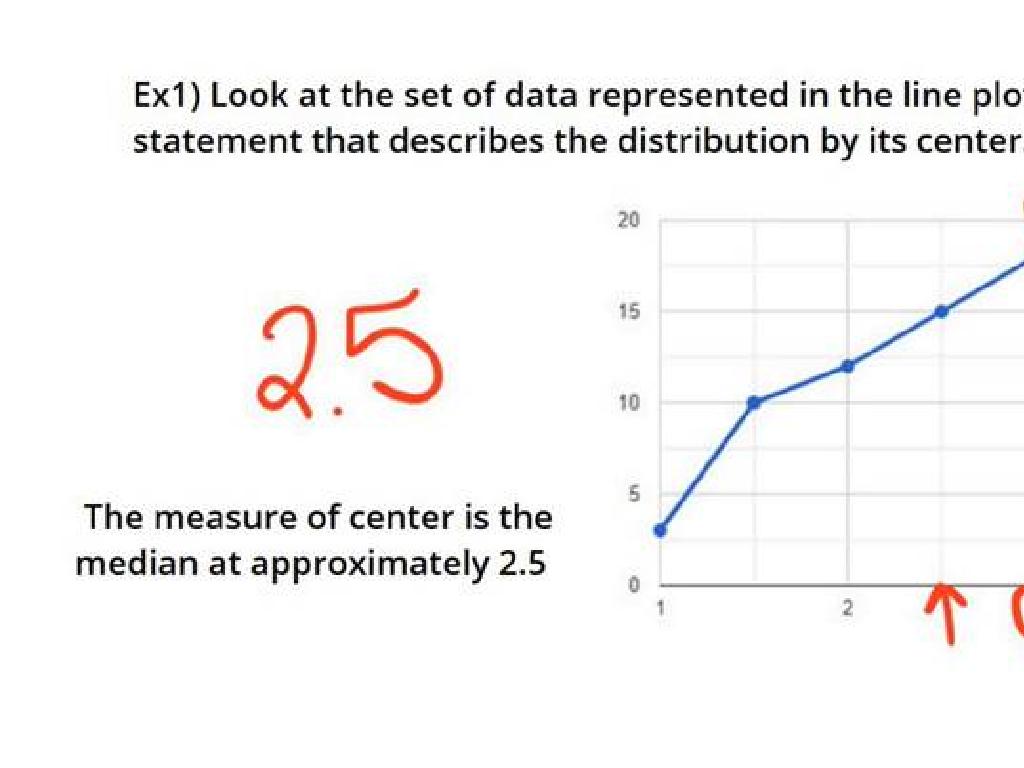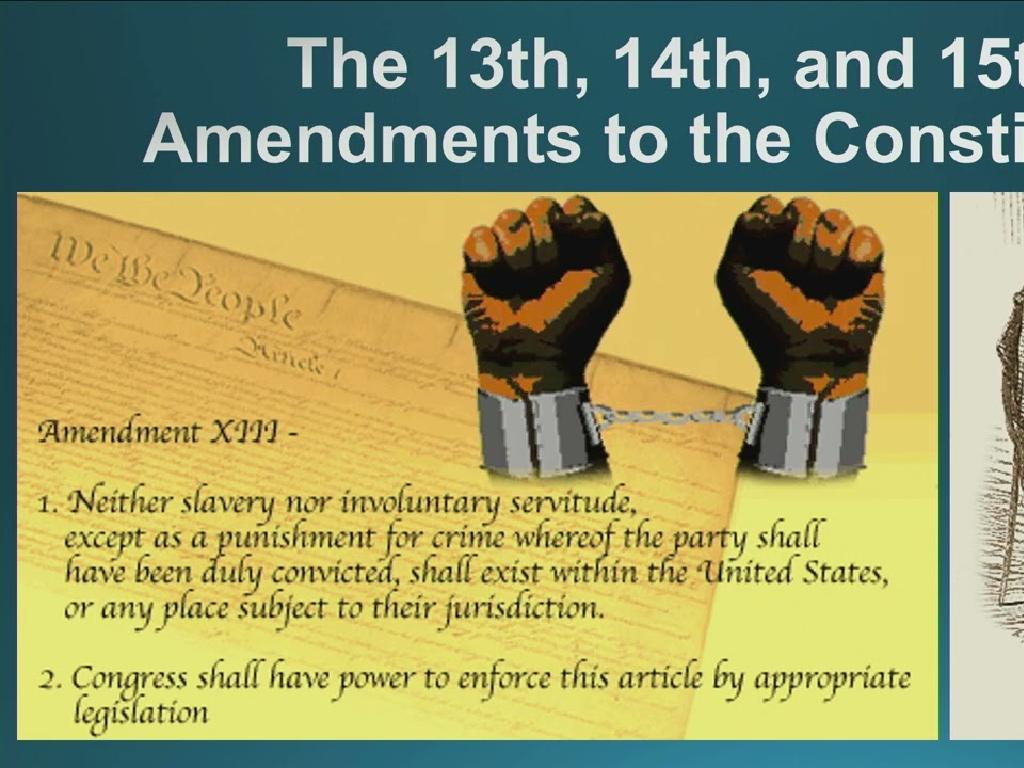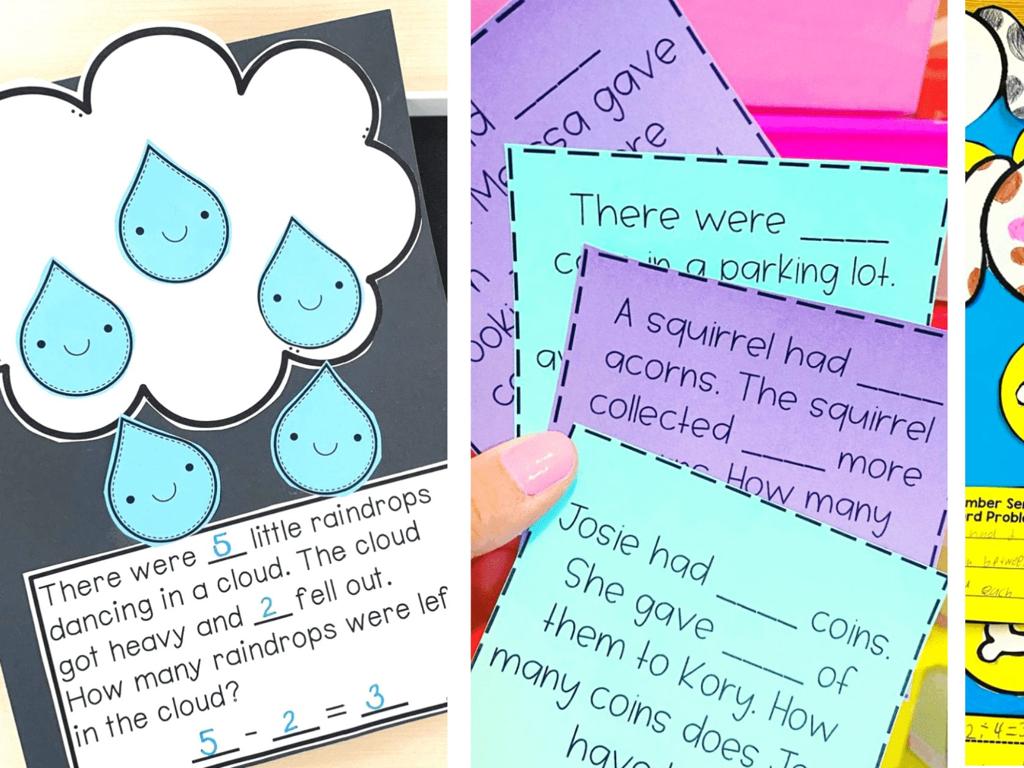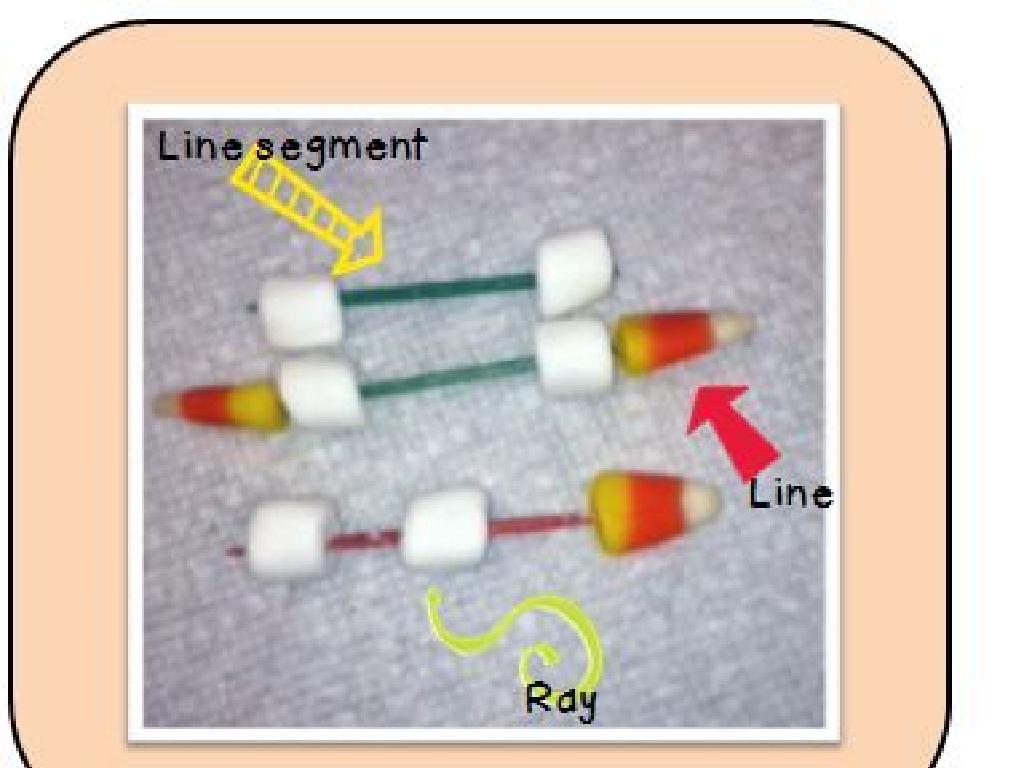Portuguese And Spanish Expeditions: Part Ii
Subject: Social studies
Grade: Seventh grade
Topic: Age Of Exploration
Please LOG IN to download the presentation. Access is available to registered users only.
View More Content
Portuguese and Spanish Expeditions: Part II
– Recap of Part I expeditions
– Reviewed key explorers and routes
– Today’s focus: Part II
– Further adventures and discoveries
– Motivations for exploration
– Seeking trade routes, wealth, and knowledge
– Impact of these expeditions
– Cultural exchanges, colonization, and trade expansion
|
Begin with a brief review of the previous class, highlighting the key explorers and their routes from the Portuguese and Spanish expeditions. Transition to today’s lesson, which will delve deeper into the subsequent voyages and their findings. Discuss the various motivations for these expeditions, such as the search for new trade routes, the desire for wealth, and the thirst for knowledge and adventure. Highlight the broader impact of these expeditions, including cultural exchanges, colonization, and the expansion of trade. Encourage students to consider how these motivations and impacts are interconnected and have shaped the world as we know it today.
Portuguese and Spanish Expeditions: Explorers and Legacies
– Key figures of Iberian expeditions
– E.g., Vasco da Gama, Columbus
– Exploration routes and discoveries
– Trace the journeys across oceans
– Expeditions’ global impact
– Consider effects on trade, culture
– Reflect on historical significance
– How did these voyages shape our world?
|
This slide aims to provide an overview of the significant explorers from Portugal and Spain during the Age of Exploration. Students should identify figures such as Vasco da Gama and Christopher Columbus, understanding their contributions to maritime exploration. Discuss the specific routes taken by these explorers, highlighting key discoveries along the way. Analyze the profound impact these expeditions had on global trade, cultural exchanges, and the eventual shaping of world history. Encourage students to think critically about the long-term effects of these voyages, including the colonization of new lands and the spread of European influence.
Key Figures in the Age of Exploration
– Vasco da Gama’s India voyage
– First direct sea route from Europe to India, enhancing spice trade
– Columbus’s ‘discovery’ of Americas
– Opened up the New World for European colonization
– Contributions of other explorers
– Explorers like Magellan and Cabot expanded our understanding of the world
– Impact on global trade & contact
– These expeditions led to the exchange of goods, cultures, and ideas
|
This slide highlights the pivotal roles played by key figures during the Age of Exploration. Vasco da Gama’s successful voyage to India marked a significant milestone in maritime navigation, establishing a direct sea route that would become a foundation for the spice trade. Christopher Columbus’s voyages, while controversial, are often credited with the European ‘discovery’ of the Americas, leading to widespread exploration and colonization. Other explorers, such as Ferdinand Magellan, who led the first circumnavigation of the Earth, and John Cabot, who explored the North American coast, also made substantial contributions. The collective impact of these explorations was profound, leading to increased global trade, the exchange of cultures, and the beginning of the modern interconnected world. Encourage students to discuss the implications of these expeditions and consider both the positive and negative effects on indigenous populations.
Navigational Challenges in the Age of Exploration
– Difficulties during sea voyages
– Storms, scurvy, and unknown territories
– Navigation technology advances
– Inventions like the compass and astrolabe improved sailing
– Overcoming the challenges
– Use of new routes, winds, and currents knowledge
– Explorers’ resilience
|
This slide addresses the significant challenges faced by Portuguese and Spanish explorers during their long sea voyages, such as unpredictable weather, limited food supplies leading to diseases like scurvy, and the fear of sailing into unknown waters. Highlight the technological advancements that played a crucial role in navigation, including the magnetic compass, which helped in determining direction, and the astrolabe, which allowed sailors to measure the altitude of the sun or a star. Discuss how explorers overcame these challenges by mastering the use of these new tools, learning to navigate using the stars, and understanding global wind patterns and ocean currents. Emphasize the determination and resilience of these explorers in the face of adversity.
Impact on Trade and Economy: Age of Exploration
– New trade routes to Asia
– Explorers found sea paths to Asia, bypassing land routes.
– Wealth and goods influx in Europe
– Europe saw an increase in gold, silver, and spices, boosting its economy.
– Emergence of global trade networks
– Trade expanded beyond local and regional to intercontinental exchanges.
|
This slide highlights the significant economic impact of the Portuguese and Spanish expeditions during the Age of Exploration. The discovery of sea routes to Asia by explorers like Vasco da Gama circumvented the previously dominant Silk Road, allowing for direct trade with Asia. This led to a substantial influx of wealth into Europe, particularly in Spain and Portugal, as they began to import precious metals and spices. These developments laid the groundwork for the first global trade networks, connecting continents and forming the basis for modern international trade. Discuss with students how these changes influenced not just the economy, but also social and political structures of the time.
Cultural Exchanges During the Age of Exploration
– Exchange of goods, ideas, tech
– Explorers traded silk, spices, and gunpowder, sharing knowledge and innovations.
– New crops and animals introduced
– Europe received potatoes, tomatoes; Americas got horses, cattle.
– Impact on indigenous populations
– Exchanges led to significant cultural shifts and population changes.
– Global cultural transformations
|
This slide aims to highlight the profound cultural exchanges that occurred as a result of the Portuguese and Spanish expeditions during the Age of Exploration. Students should understand that these exchanges were not limited to commodities but also included the transfer of ideas and technology, which had lasting impacts on global cultures. Introduce the concept of the Columbian Exchange as a pivotal event that brought new crops and animals across continents, fundamentally altering diets and agriculture. Discuss the mixed effects on indigenous populations, including the spread of diseases that decimated many communities, as well as the introduction of new tools and systems. Emphasize the importance of these exchanges in shaping the modern world, setting the stage for globalization and intercontinental connections.
Consequences of Expeditions: Global Changes
– The Columbian Exchange’s impact
– Vast transfer of goods, crops, and diseases between the Old and New Worlds
– Emergence of colonial empires
– European powers established colonies, altering global power structures
– Effects on indigenous peoples
– Native populations faced disease, displacement, and cultural changes
– Impact on ecosystems
– Introduction of new species and farming practices changed landscapes
|
This slide aims to summarize the profound and lasting impacts of the Portuguese and Spanish expeditions during the Age of Exploration. The Columbian Exchange refers to the massive transfer of goods, including crops like potatoes and tomatoes, as well as diseases like smallpox, which had a significant impact on the populations of both hemispheres. The rise of European colonial empires led to the spread of European influence and control over vast territories, reshaping the political and economic landscape of the world. Indigenous populations suffered greatly due to disease, warfare, and colonization, leading to a drastic decline in their numbers and the disruption of their cultures. Ecosystems were also affected as Europeans introduced new species and agricultural practices to the lands they colonized. Discuss the long-term implications of these changes and encourage students to consider how history has shaped the modern world.
Class Activity: Mapping Explorer Routes
– Trace explorers’ routes on a map
– Group presentations of mapped routes
– Each group explains their explorer’s journey and discoveries
– Discuss route significance
– Why were these routes important? Consider trade, colonization, and knowledge.
– Explore impact on world map
– How did these expeditions lead to a new understanding of the world?
|
In this interactive class activity, students will collaborate to map the journeys of famous explorers during the Age of Exploration. Provide each group with a world map and information about a specific explorer. They will trace the route and mark significant stops or events. After mapping, groups will present their findings, discussing the importance of the route in terms of historical impact, including trade, colonization, and the spread of knowledge. Conclude with a class discussion on how these voyages led to a changed perception of the world’s geography and initiated global connections. This activity will help students visualize the scale of exploration and understand its consequences. Possible explorers include Vasco da Gama, Christopher Columbus, Ferdinand Magellan, and Hernán Cortés.
Conclusion: The Age of Exploration’s Impact
– Recap of today’s key points
– Exploration’s role in shaping today
– Consider how global trade, cultural exchanges, and territorial expansion began.
– Homework: Explorer’s diary entry
– Imagine being an explorer; write a diary describing your experiences and discoveries.
– Reflect on historical significance
– Think about the long-term effects on population, economy, and cultures.
|
As we wrap up today’s lesson on Portuguese and Spanish expeditions, encourage students to summarize the key explorers and routes we discussed. Highlight how these expeditions led to the exchange of goods, ideas, and cultures, which played a pivotal role in shaping the modern world. For homework, students should tap into their creative side by writing a diary entry from the perspective of an explorer. This will help them empathize with the challenges and excitement faced during the Age of Exploration. In the next class, we can discuss these reflections to deepen our understanding of the era’s historical significance.




